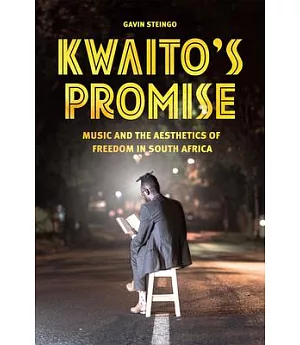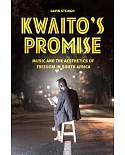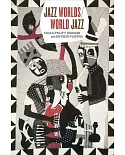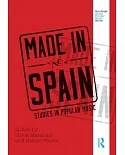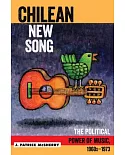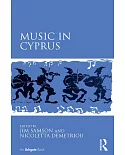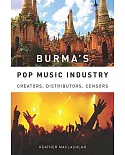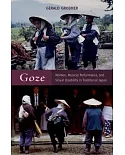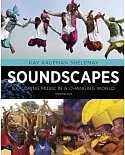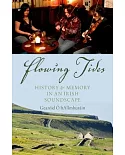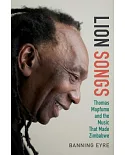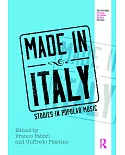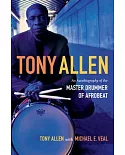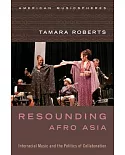1994 was the year apartheid ended in South Africa, Nelson Mandela was elected president, and the country’s urban black youth developed a new form of music called kwaito, which is roughly
analogous to American house music. This book traces the political history of South Africa alongside the musical history of kwaito over the first twenty years of democracy. While many South
Africans criticize kwaito as immature, meaningless, and disconnected from social issues, Steingo argues that kwaito’s musicians and listeners deliberately appear to ignore actual social
conditions in order to invent another way of hearing. He shows that kwaito is less a form of escapism than an aesthetic practice that multiplies sensory realities and thus generates new
possibilities in the midst of the neoliberal foreclosure of the future. Steingo discusses the construction of political and sensory communities, practices and infrastructures of musical
circulation, and valuation and economies of exchange. From a theoretical standpoint, he reinvigorates a politics of aesthetics at a time when aesthetic judgment is often dismissed as mere
ideological mystification. With an ear attuned to kwaito’s promise of freedom, Steingo’s aim is to explore the ways that musicians in post-apartheid South Africa engage multiple realities,
experiment with the thresholds of knowledge, and challenge the partitions that structure contemporary South African life.

